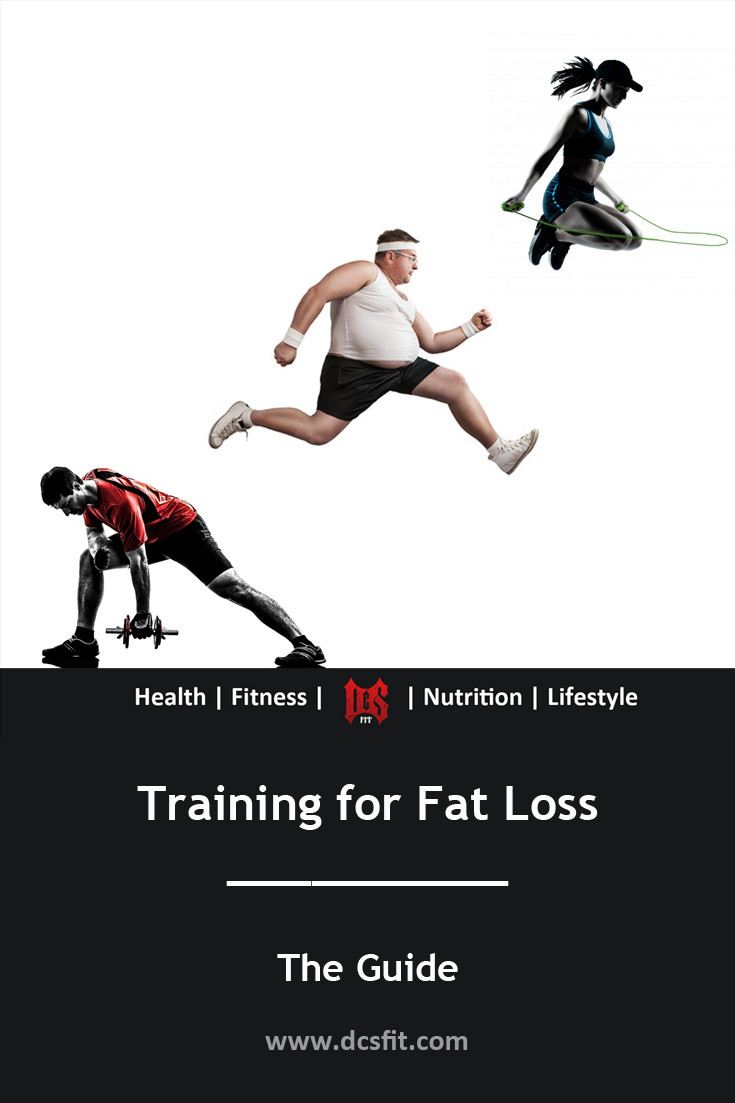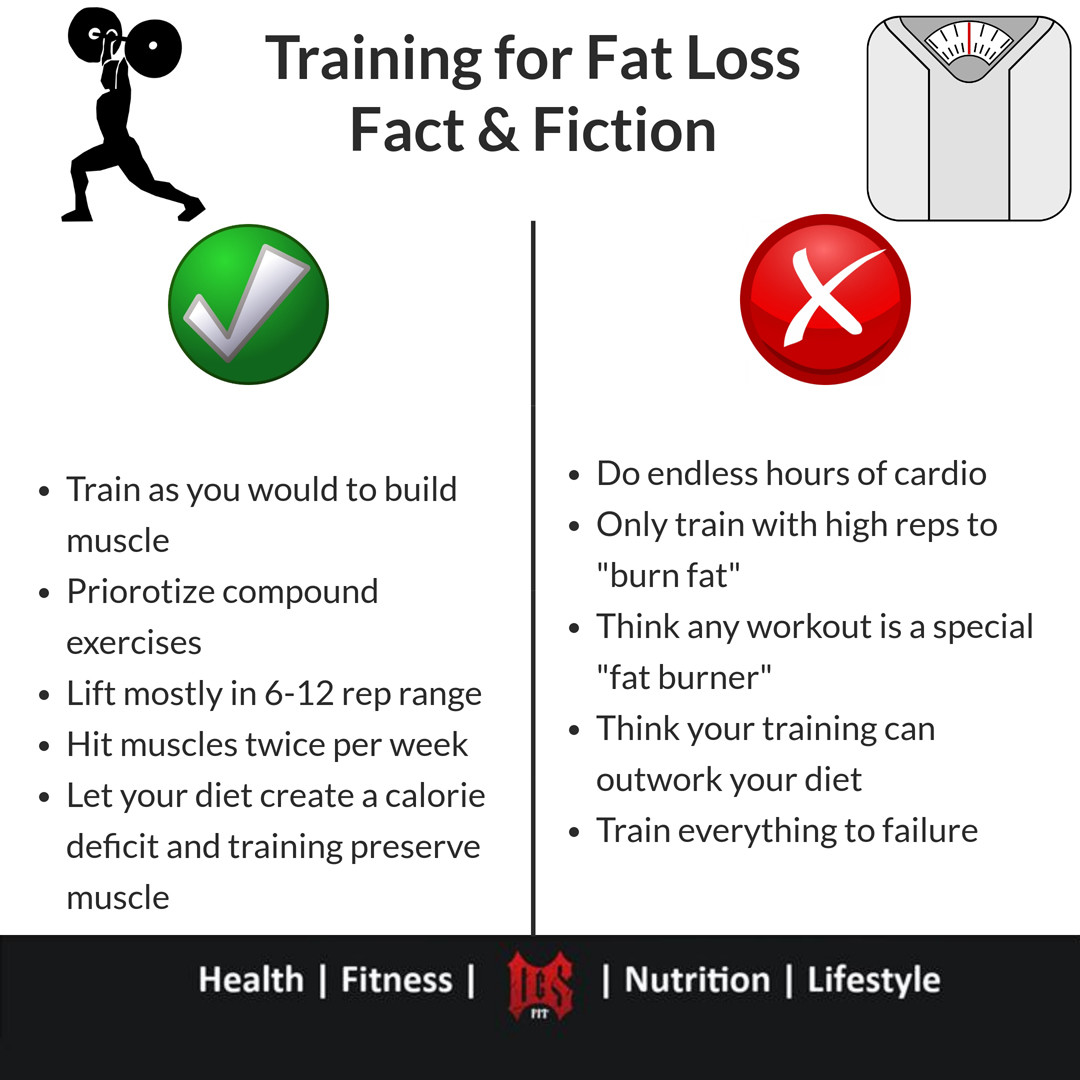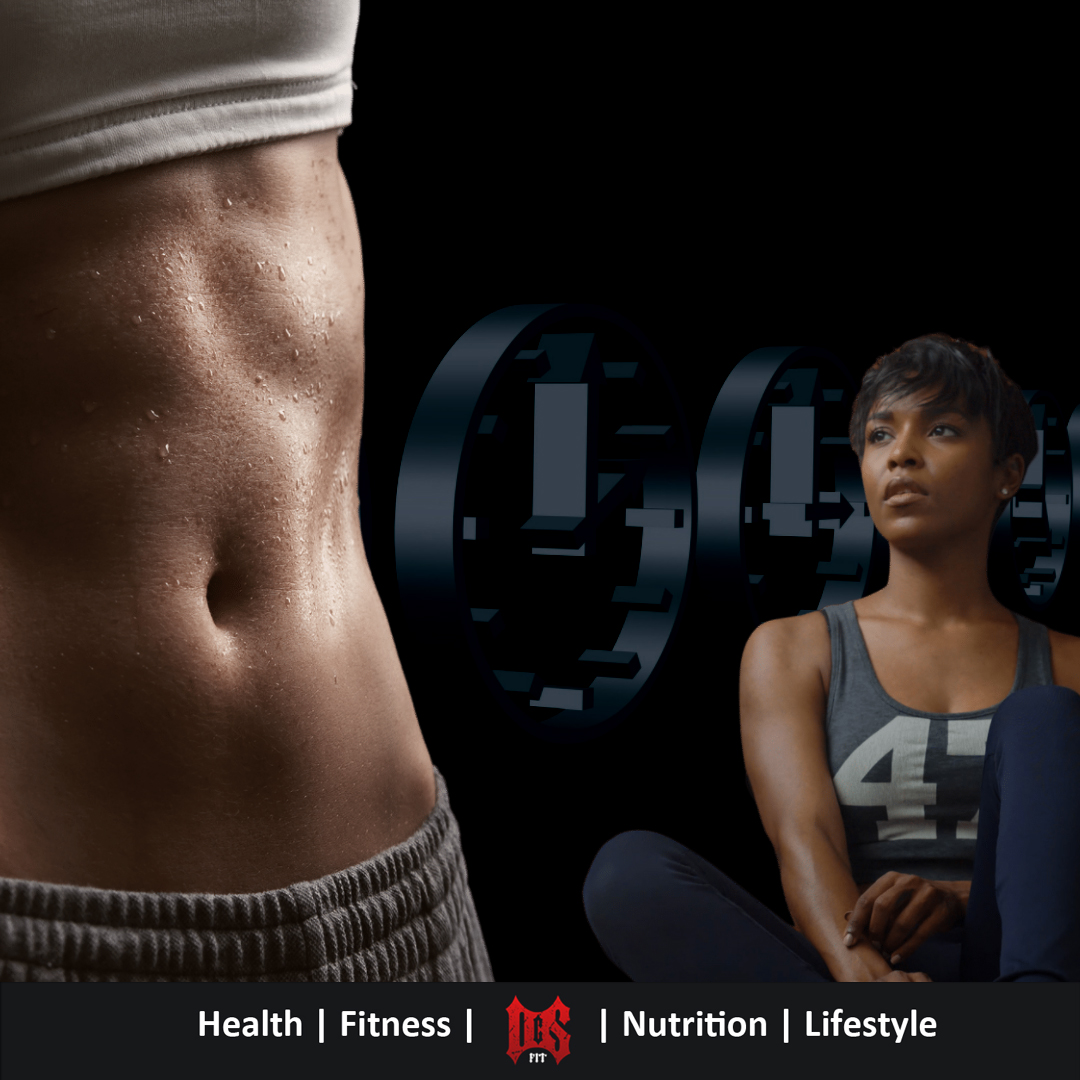TRAINING FOR FAT LOSS
You’ve probably heard multiple views on how you should train to burn off that excess fat. Sadly, most of what’s out there is to put it politely, confused. Here is your go to guide to setting up your fat loss training.
How people think they should train
When people talk about training for fat loss its usually a combination of insane amounts of cardio, high rep burnout sets, circuit training and even training completely fasted. Well let’s get one thing straight first there are no fat loss workouts!
Yes, you read that right none. There is no special workout out there that’s going to burn off fat. Fat loss is going to be determined by being in a calorie deficit and the way to get into one is with your diet. You cannot train your way out of a bad diet so getting this in line is your first priority.
So how should you train?
Well lets first get our priorities straight what do we want when we diet?
We want to lose fat and hold onto our muscles. Now we now know that the fat loss is going to come from having our diet in a caloric deficit so what is the purpose of our training?
Well there is only one thing left we want and that is to keep our muscle.
Now how do we get our muscles to hang around and not start disappearing as we start losing weight? Well we have to give our body a reason to hold onto that muscle and we do that through our training. When we are dieting our body is forced to break down either fat or muscle in order to fuel itself as we are deliberately not taking in enough calories to support everyday function.
So how can we swing this, so we are burning fat and not muscle?
Well the answer is most definitely not hours of cardio and crazy insanity workouts.
We want to train as if we were trying to grow muscle. Now you might think that sounds strange why should we try and build muscle on a diet, we can’t do that. You would be correct that except in absolute beginners there won’t be any muscle growth on a diet. However, by training in the same fashion you will send the signal to your body that it needs to hold onto this muscle, so it can cope with the work you are making it do.
How do you grow muscle?
If we are going to train as if we want to grow muscle, we need to understand how we build it. There are three mechanisms by which we can grow muscle, mechanical tension, metabolic stress and muscle damage. Don’t worry there isn’t going to a long scientific explanation here, simply think of these are lifting heavy, getting a pump and varying exercises every now and again. If we want to maximize the signal to our bodies to retain muscle, we will want to utilize all three.
When training to build muscle, you should keep the concept of overload at the front of your mind. Overload simply means doing more than you did previously, this means you should week to week to look to be increasing either the weight, reps or sets for each exercise. Although here we are talking about maintaining muscle don’t think of it that way, you go to the gym to improve and keep telling yourself that.
How this might look in practise?
Research shows that you the optimal point for muscle growth is to train each muscle 2-3 times per week. Rather than grouping all the training for a body part on one day spreading it out over several sessions makes it easier to recover from and can allow a better quality of training in each session as the muscle is less fatigued.
So, your training could be arranged something like this:
2 Upper/ 2 Lower Days (4 sessions hitting each muscle group 2 times)
3 Full Body Days (3 sessions hitting each muscle group 3 times)
1 Upper/ 1 Lower/ 1 Full Body Day (3 sessions hitting each muscle group 2 times)
These are just some suggestions you will need to play around to find what is most optimal for you.
Now to how you train within those sessions.
There has been a lot of research on the optimal amount of training a muscle needs to stimulate growth. There can be some variation between different people and within different muscles but around 40-70 reps per session has emerged as being what best achieved this.
So, a good baseline would be to keep mostly within the 6-12 rep range this allows for a heavy enough weight to be used that we are creating mechanical tension but that we are not training with so high an intensity that we cannot get to the optimal amount of reps. This is not to say all your training must be exactly within this you could do some lower rep higher intensity work on things like squats or deadlifts and some higher reps on accessory movements later in the session to train more for a pump (metabolic stress), but generally this range will be ideal for signalling the body to retain those muscles.
In the session itself it should be obvious that your big compound movements (squats, bench, deadlifts, overheads) should come at the start as they give the most bang for your buck since use the most musculature also they will be creating the most mechanical tension, therefore these should be prioritised. I would pick 3-4 of these to focus on and keep them throughout the entire diet. Your accessory/ isolation exercises can be changed every month or two to keep training fresh and to take advantage of muscle damage.
This should give you a good idea of what you should include in your training plan to optimise your bodies response to your diet and hold onto those hard earned muscles so that when you lose the fat you not only look lean but jacked!
These principles are similar to those recommended by Coach Mark in his article What’s the Best Way to Tone Up?
So, you may want to have a look at that for some further reading.
But before you even begin to implement any training strategy, you need to have your head in the right place in order to proceed in a manor that will be successful.
So, grab your free guide to doing just that and get ahead of the game before you even start by clicking right here.

Training for Fat Loss
the Guide by Kieron Fisher
Does this make sense?
It seems like a counter intuitive approach, but now that it’s laid out, how do you feel about it?
Or, is this an approach you already employ and have success with?
Whatever your views, sound off in the comments below.





Leave A Comment